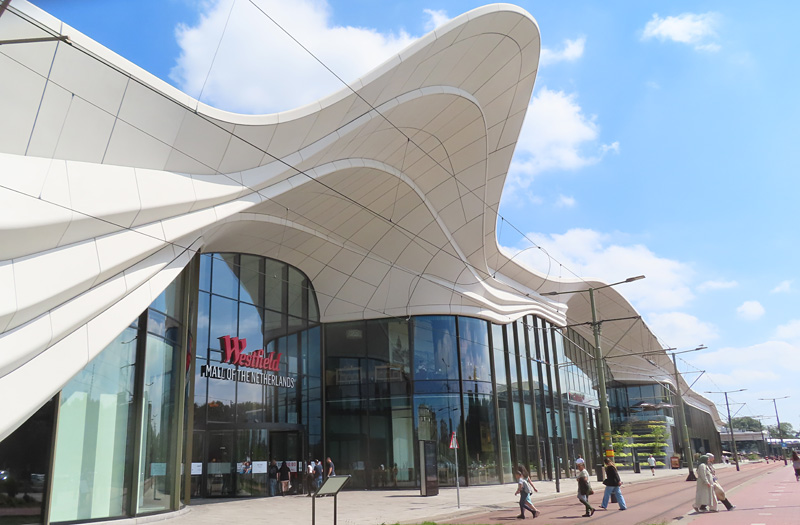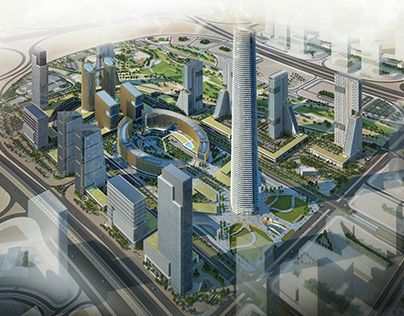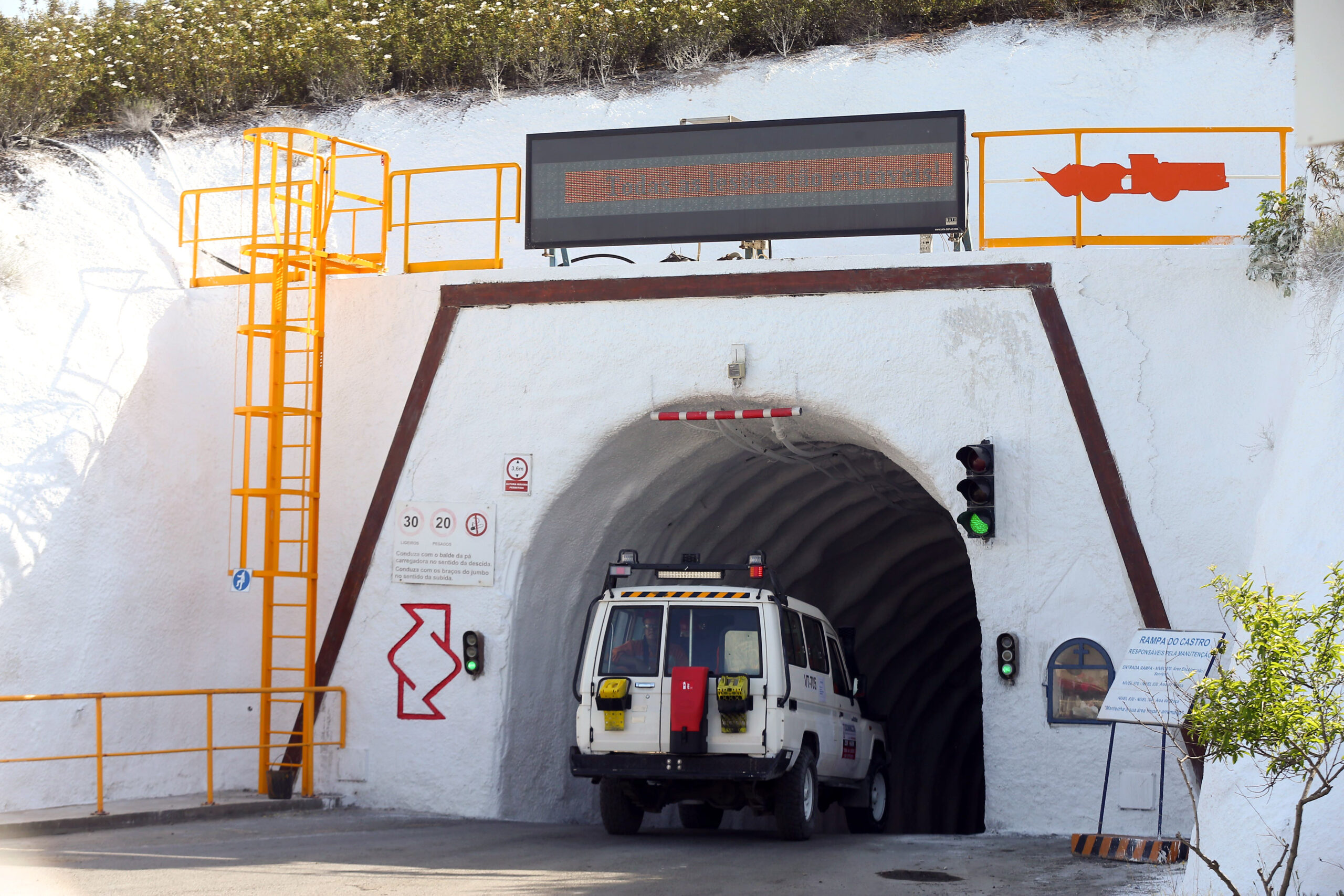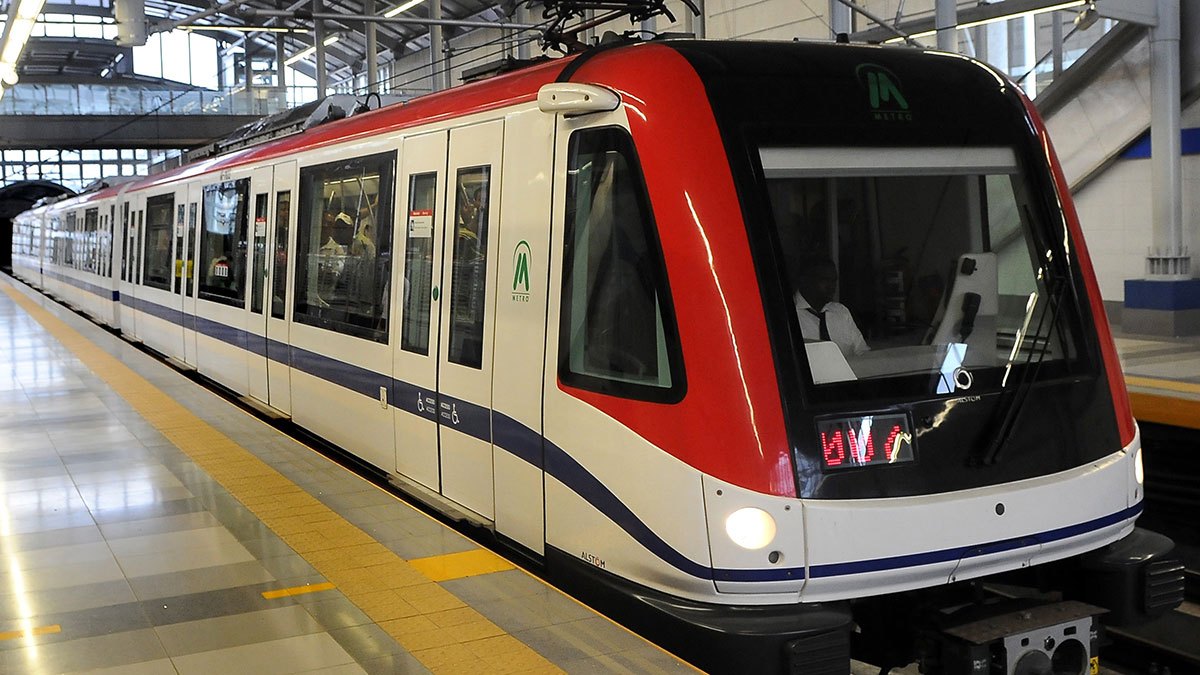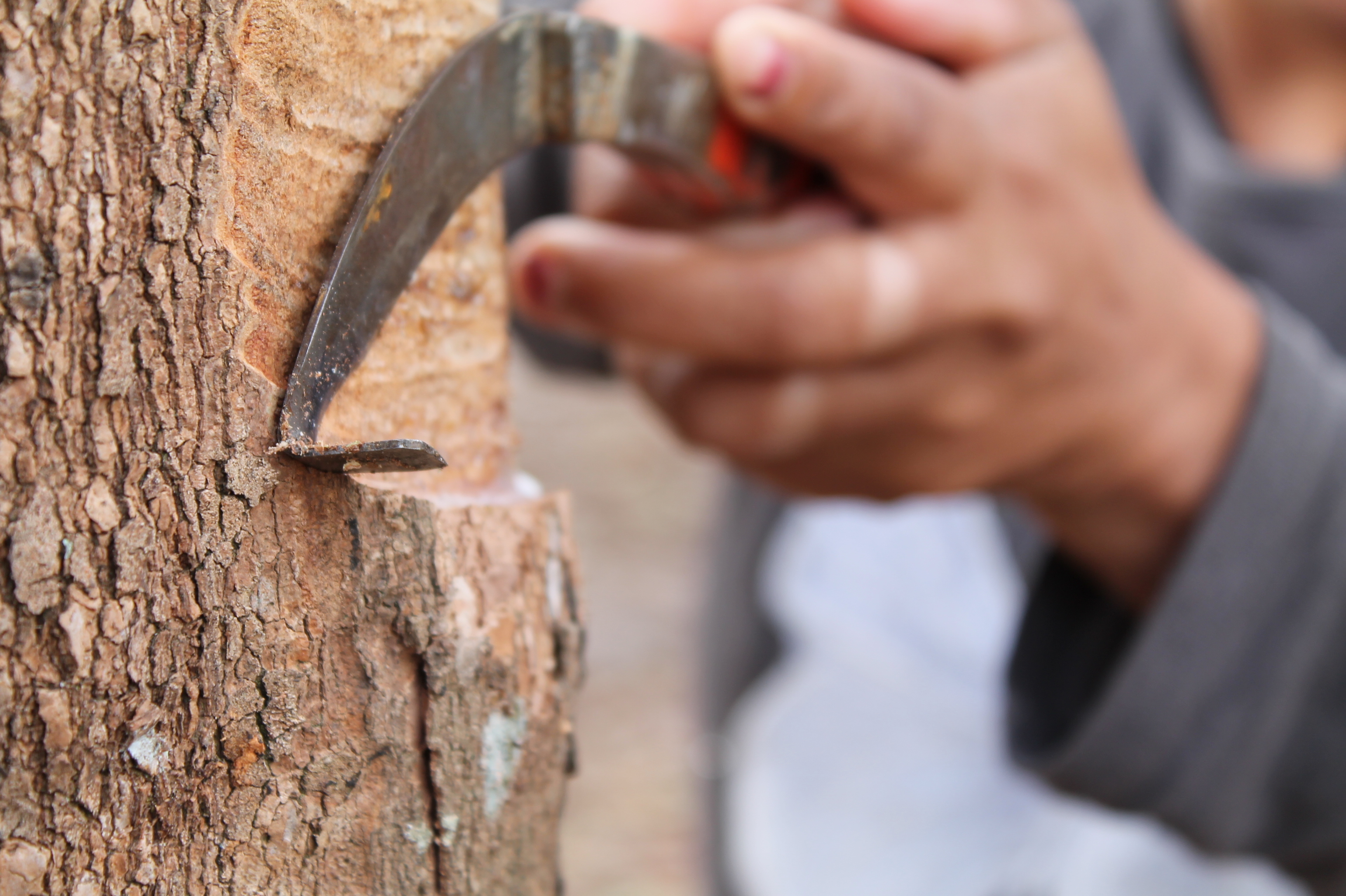
As the sole producer of rubber in Ghana, Ghana Rubber Estates Limited has been able to lay down the blue print for cash crop farming in the country; however, as managing director Lionel Barre tells Jane McCallion, the company has implemented a policy that prizes partnership with suppliers as much as it does profit.
Located in the western region of Ghana, close to the city of Takoradi, Ghana Rubber Estates Limited (GREL) is the country’s sole producer of natural rubber. The company owns 18,000 hectares of rubber plantation, of which approximately half is mature trees. GREL’s annual revenue is approximately £50 million, generated from an output of 20,000 tonnes of granulated rubber per year.
GREL was originally a state-owned company, when SIPH (Société Industrielle des Plantations d’Hévéas) became the major shareholder in 1996 with 60 per cent of the capital. The government still has a 25 per cent holding, however the remaining 15 per cent is owned by local company Newgen. The business is run by managing director Lionel Barre, who worked in the rubber production business both as a manager and as a grower (in Brazil, where he lives normally with his family).
The rubber produced by GREL is primarily for export to the European market, with the main buyer being tyre manufacturer Michelin. “We export to Italy, England, France, Spain and the Netherlands, where Michelin’s factories are located. Between 60 per cent and 70 per cent of all exports go to them,” says Barre. “We have also recently been awarded a contract with Bridgestone and last year we gained one buyer in Brazil. We also do export some of our produce to the US.”
There is a small domestic market, which GREL also services. “Any rubber that isn’t of the high quality needed for the tyre manufacturers is sold to local businesses for other applications such as making the soles of shoes. However this is a very small proportion of our business; of the 20,000 tonnes we produced last year, only 100 tonnes went to the local market.”
As well as having its own plantations, GREL also buys from and gives technical support to 5,650 small farmers, known as out growers, who farm over 22,000 hectares of land. As well as being a key part of the company’s supply chain, GREL’s relationship with these farmers is also an important part of its CSR strategy. Each out grower plantation covers four hectares and is run by one family planting one hectare per year. “The reason for this planting strategy is that it is important for us that our out growers are able to grow both the cash crop and the food crop at the same time,” Barre explains. “So this allows them to maintain their food crop and grow a cash crop in parallel.”
GREL also recognises the importance of building a good, sustainable and long-term relationship with its out growers. “We are committed to buying all the rubber produced from these four hectares and we have a 30 to 35 year ‘contract’ (all the economic life of the trees) to buy from them,” Barre says. “The price we pay is based on 64 per cent of the Singapore Commodity Exchange price, which is the standard global rate and the price is adapted every month based on this amount. For Ghana, 64 per cent is a good price and allows the farmers to get a monthly revenue for their mature crops of more than $1,000 net. This is quite considerable, as the minimum wage here today is around $130, so you can imagine what it means for someone to get $1,000 for their cash crop alone per month.”
“I’m not saying this just because I’m the MD of GREL either,” Barre adds. “I am also an out grower with my own plantation in Brazil. I am totally convinced by this plan as an out grower as well.”
These relationships are also vital for the company’s current and future expansion plans. “We are currently in phase four of an expansion project with our out growers that started back in 1992, which has been supported by Agence Française de Développement since 1995. This phase, which is finishing this year, has involved planting in the region of 10,000 hectares of rubber. In phase five, which starts in 2013 and runs for three years, we will be working with a little over 4,000 out growers to plant around 13,500 hectares,” says Barre.
“This programme is growing very, very fast and, while these are new plantations, they are starting to get to the point where they can be tapped,” he continues. “In 2010 we had just under 1,000 hectares that were mature. In 2011 we reached about 4,000 mature hectares and it continues to grow very fast as all these farms are becoming mature and we are planting more and more. So our forecast is that we will have around 40,000 hectares within three to four years and that these farms will produce around 60,000 to 70,000 tonnes of rubber per year between 2020 and 2023.”
At the same time as expanding the amount of land managed by out growers, GREL is also expanding and replanting its own estates. “We have a programme of investment of around €25 million for our whole estates in terms of extension and planting for the next four to six years,” says Barre.
This expansion in the company’s assets is a reflection of increasing demand globally. “Today, worldwide consumption and production are almost the same, between 10.5 million and 11 million tonnes per year, but the demand is growing very fast: China is consuming basically 30 to 35 per cent of global production already and is growing very fast, as are India, Brazil, Turkey and Nigeria. But these countries, especially India and China, are not really suited to producing their own rubber crops, so it is a big opportunity for us in Ghana.”
For the future, GREL’s focus is firmly on expansion. “Over the next five to six years we will be tripling the size of our factory, which means that in 2020 we will have the capacity to produce 50,000 to 60,000 tonnes per year, compared to 20,000 today. I think Ghana has a huge potential not just in terms of rubber, but in terms of agribusiness. It’s a small country, but very dynamic with a very high growth and a lot of possibilities. I think GREL has an important role to play, which is why we are investing in expansion.
“We intend to buy or have the lease to between 3,000 and 5,000 hectares in the next year and at the same time we would like to develop the out growers unit to reach maybe between 60,000 and 80,000 hectares in the next 10 to 20 years,” he continues. “Of course, the competitors will come, but we are the first, we are well-positioned, and we have developed a very strong relationship with all our out growers and purchasers, and we think that this will help us to get a big part of this market that will grow with the production of rubber in Ghana. So I think the prospects in Ghana are very good,” he concludes.
DOWNLOAD
 GhanaRubber-EMEA-May12-Bro-s_0.pdf
GhanaRubber-EMEA-May12-Bro-s_0.pdf



